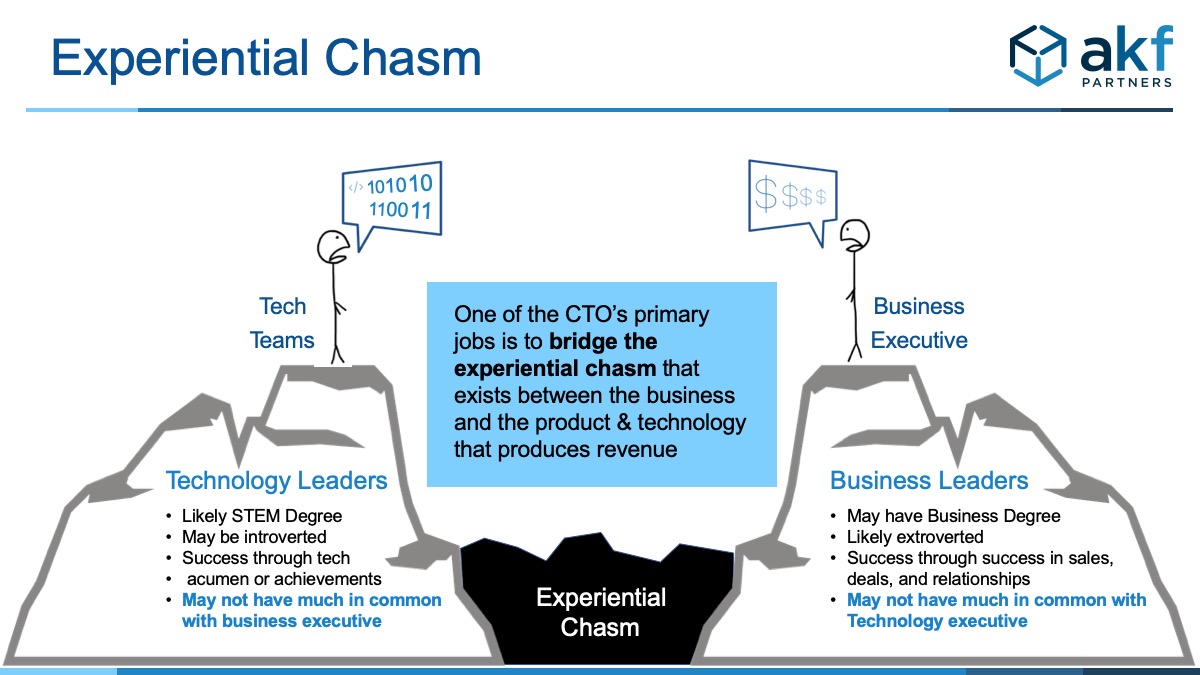
Travel bans this year have freed up several days a month previously spent in transit to now work with a larger variety of clients, resulting in a greater sample size of common themes we see in digital transformations – both things that work well, and things that do not. The barriers to digital transformation we have observed over many years, but are now reminded of with increased exposure include:
- Obsession for accomplishing outcomes
- Progress-over-perfection mindset
- Maniacal monitoring
- Technically conscious leadership - starting with the board and CEO
Obsession for Accomplishing Outcomes
One of the greatest pitfalls we see with our clients and potential targets for our repeat investors is their lack of understanding exactly "what" is to be accomplished. Years spent updating a network backbone to the latest and greatest on its own doesn't increase share price, in fact it increases costs and drives down revenue if there is no net change in customer transactions.
Bringing on new programming languages may stimulate programmers to better job satisfaction, but unless it reduces time-to-market or simplifies customer transactions, it is an expense, not an investment.

Successful companies follow the adage of Steven Covey's Seven Habits - they "begin with the end in mind." Before they undertake any project, they are very clear as to their hypothesis on the desired outcome of their efforts. Agile helps tremendously with the process in defining user stories.
For example, in the consumer space consider this user story: "As a customer, I want one-step checkout with quick delivery, so that I have little-to-no friction when purchasing the products I want."
Sounds a lot like Amazon Prime, and they are definitely taking market share from traditional and other online retailers. If you take a fresh look at what it takes for your customers to interact with your products, what is their current story and how can you make it better?
Define user stories and verify them internally and with customers. While it is tempting to take time out to strategize and build a master plan that may change the world, it is much easier and more beneficial to your customers to get started where you are right now, which leads us to the next barrier.
Progress Over Progression Mindset
If the current pandemic has highlighted one positive thing, it is the drive to accomplish what we can, how we can, and to do it now! In the early days of the pandemic, we couldn't wait around for perfection, and so progress would have to do and some companies really embraced it, while others let the pandemic doom them in.
A few quotes of the importance of starting where you are now come to mind from many different disciplines:
- "The best camera is the one that is with you." - Chase Jarvis
- "Ditch the perfect dream [and take] the first step toward your new adventure!" Marc & Tricia "Keep Your Daydream" RV vloggers
- "You miss one hundred percent of the shots you don't take." - Wayne Gretzky
- "The secret to getting ahead is getting started." - Mark Twain
Where teams get distracted often is in trying to design the perfect solution instead of just getting started and delivering value quickly.
Too many technology teams are waiting around for permission to start (approval for funding) or too caught up in making a master plan. Just start where you are now and get going. Pick something you can start doing today and get going! And then pick something else when you are underway with the first thing. It is better to be moving forward, even if very slowly, than sitting around planning away for something that may or may not be approved or funded.
And while you are trying something - make sure you know the desired outcome – and have monitoring in place to measure success!
Maniacal Monitoring
We recently conducted a technical due diligence with an A+ team. They were small and Agile and had beautifully segmented along the AKF Scale Cube Z-Axis (segment by similar things - customer, geography, etc.).
This allowed them to do A/B releases on their products and their definition of done was focused on customer adaptation over just releasing code. They would roll out only to a small subset of customers starting at 5, 10, 20, 50, 80, and then 100% of their population if (and only if) they observed the desired outcome. If something didn't work properly with the 5-10% trial, it was rolled back and reevaluated or scrapped altogether. Very minimal time was spent on things which did not demonstrate immediate value.
Reasons why companies don't monitor:
- Arrogance
- Teams are stretched too thin and think they don't have time to build in monitoring or that operations should be responsible for it
- Silo'd teams - each is only thinking of their own products
- Laziness
- Lack of a single owner for a solution who's bonus and pay are tied to successful outcomes
The two most valuable forms of monitoring we find missing in failing teams – but find prevalent in winning teams – are:
- Synthetic Transaction Monitoring – Creating a pretend customer performing tasks all day long. When something fails, teams are immediately alerted to investigate why. This allows you to catch things perhaps before your customers do, certainly you will be working on the remedy as they start calling in to complain.
- Business Metrics Monitoring – Monitoring current transactions (checkout, adding items to cart, enrolling, etc.) and plotting against trending. If you normally have 200 items added to a cart in a 10 minute window on Wednesday afternoons in May and suddenly adding to cart volume drops to 100, someone needs to quickly find out why. Similarly, seeing items (we could use toilet paper circa March 2020 ...) being added to the cart at 10X normal alerts the team to ensure autoscaling is working properly and hopefully find more product to sell!

Agree now to design everything to be monitored! The great thing about these first three items discussed in this article is that anyone should be able to start working towards them immediately, even if in the ever slightest manner. The next item to discuss is one I have debated including, but will with a warning I'll dig into shortly.
Technically Conscious Leadership - Starting with the Board and CEO
This one is a real challenge, because unless you are that CEO or Board Member, you are pretty limited in what you can do to make any immediate impact, but more on that in a moment. The reason why Amazon and other tech companies with a CEO who is technically minded are successful and can move quickly is because the business is usually tightly aligned with the technology teams.

Often our role in consulting an organization is to be the marriage counselor between technology teams and the executive staff and we see a lot of frustration on both sides. Most business MBA leaders do not understand tech and see it mostly as a cost center and don't understand why things take so long.
Most traditional IT teams are focused on saving costs and driving toward increased efficiencies and frustrated that no matter how much they cut and save, it is never enough. What is missing is a product mindset where decisions are made based on value creation - thinking about gross margins.
Why technical teams struggle with non-technical leadership:
- Company has a sales mindset with the Sales team getting large bonuses for closing contracts with promised but "yet-to-be-delivered" customizations to customers. Why this is bad: Sales is only focused on the immediate perceived needs of one customer instead of looking at the market to develop products that will have a 10X ROI for development.
- Technology teams do not know how to communicate their needs or do not take into account how their ask affects balance sheets, depreciation, ROI, gross margins, and affects PNL statements. Why this is bad:
Most business leaders do not have the interest or the skills to dive deep into technology, it is up to technologists to bridge the communications gap by learning to speak in business terms.
- Often technology requests are not outcome focused. Why this is bad: Unable to communicate in business terms, and unable to demonstrate value in what is being produced, wish lists seem frivolous and that is why finance departments routinely punt requests to the next quarter or year.
Take time to better understand business terms, design everything to be monitored and provide regular updates to the sales and business teams on how new features that were "must haves" really perform and drive profit and loss to the company and you will become a trusted advisor instead of the nerd who is always asking for more people and better resources.
Conclusions
Digital transformations are more than just plugging and playing a hosted tech stack in the cloud. They require a shift in mindset and process for most traditional organizations with whom we have worked. But they are worth it! Typically product-based companies trade 10X in comparison to traditional slash and save companies.
Heading into a digital transformation on your own for the first time is a daunting task. We've helped dozens of small, mid, and massive companies make digital transformations. Reach out and contact us, we can help!